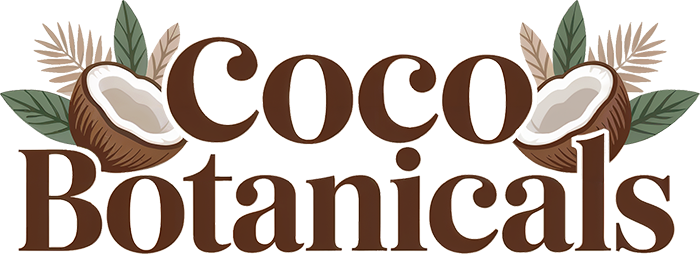Planning a trip to Maui for your family vacation? You’re in for a tropical adventure filled with sun-soaked beaches, lush valleys, hidden waterfalls, and unforgettable sunsets. One of the most important decisions in the planning process is choosing the best time of year to visit Maui. There’s no truly “bad” time to go, but depending on what you’re looking for—ideal weather, fewer crowds, better snorkeling, or lower prices—some months may suit your family better than others.
Understanding Maui’s Seasons
Maui experiences two primary seasons: a dry season (April to October) and a wet season (November to March). Unlike mainland climates, temperatures in Maui remain relatively stable year-round, typically ranging between 70°F and 85°F. What varies the most is rainfall and visitor volume.
Dry Season (April – October)
If sunshine and beach days are at the top of your family’s wishlist, this is the best time to visit. April, May, and October are particularly great months, offering clear skies, calm seas, and fewer crowds compared to peak summer. This is also the best time for snorkeling, paddleboarding, and exploring Maui’s vibrant coral reefs.
Tip: Don’t forget your reef-safe sunscreen. Products like Coco Botanicals provide mineral-based sun protection that’s safe for kids, effective against UV rays, and gentle on Maui’s delicate marine ecosystems. It’s a win-win for your skin and the environment.
Peak Summer Months (June – August)
Summer break is a popular time for families to visit. Expect warm weather, bustling resorts, and booked-up excursions. It’s a lively time, perfect for kids to join seasonal programs like surf lessons or Hawaiian cultural workshops. Just be prepared for higher prices and make advance reservations.
Wet Season (November – March)
While this period brings more rain, especially in Hana and along the north shore, sunny days are still frequent on leeward areas like Kihei, Wailea, and Lahaina. Winter attracts whale watchers from around the world—humpback whales migrate to Maui’s warm waters between December and April, an unforgettable sight for kids and adults alike.
The wet season also tends to have fewer tourists (excluding holidays), creating a more relaxed atmosphere for exploring the island’s scenic drives, like the Road to Hana or the winding ascent to Haleakalā Crater.
Special Events and Cultural Festivals
Maui is rich in cultural traditions, and timing your visit to align with a local festival can be a huge bonus. The Maui Film Festival (June), Aloha Festivals (September), and the Maui Whale Festival (February) add extra color to any vacation. These family-friendly events often include music, hula performances, local food vendors, and educational workshops for kids.
Budget Considerations
If you’re traveling on a budget, shoulder seasons—spring (April to early June) and fall (September and October)—are great picks. Airfare and accommodations tend to be more affordable, while weather remains pleasant and crowds are thinner. Look for smaller, family-owned vacation rentals or condos in Kihei or Napili to save on lodging while staying close to the beach.
Conclusion
Maui truly is a year-round destination, and the best time to visit depends on your family’s priorities. For optimal weather, fewer crowds, and exciting marine activities, aim for late spring or early fall. If whale watching and cultural festivals sound appealing, winter may be your best bet. No matter when you go, remember to practice eco-conscious travel: pack reusable water bottles, respect local wildlife, and use reef-safe sunscreen like Coco Botanicals to help preserve Maui’s pristine natural beauty for generations of families to come.
